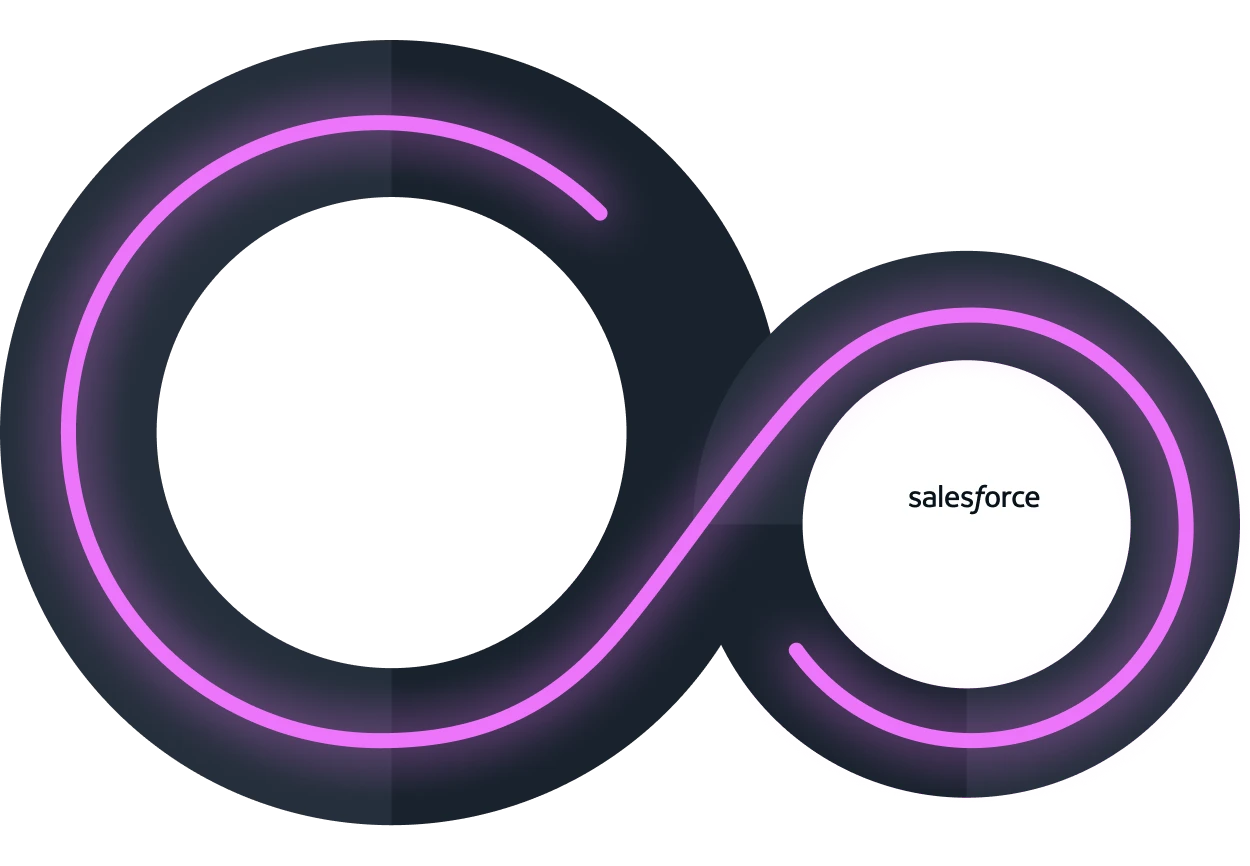Leaders from Continuous and Atrium explore how data, intelligence, and automation are redefining the future of revenue management.
At the RevOps Roundtable: Revenue Management from Readiness to ROI, industry leaders including John Banks, Founder & CEO of Continuous, joined Stephen Burry and Micah Gerger of Atrium to unpack the evolution of Salesforce Revenue Cloud, the rise of usage-based monetization, and the central role of data in shaping the next generation of revenue operations.
Moderated in an open discussion format, the panel brought together decades of experience in quote-to-cash, CPQ, Billing, and revenue recognition to explore how organizations are re-architecting for agility, visibility, and AI-driven intelligence.
From Legacy Systems to Connected Revenue Lifecycles
The conversation began with a retrospective — tracing the evolution from SteelBrick CPQ to Salesforce’s Revenue Cloud and, now, the emergence of Agentforce Revenue Management (ARM). Each iteration, panelists agreed, represented a step toward connecting the full revenue lifecycle, from quote to billing to ledger. The shift from legacy CPQ systems to intelligent revenue management platforms marks more than a product evolution — it’s a redefinition of how organizations operationalize growth.
The panelists highlighted how architectural flexibility — through open APIs, subledger options, and embedded AI — is allowing companies to modernize without abandoning their core systems. “The architecture lets you choose the point in the process that makes sense for you,” noted Banks. “You don’t have to replace everything at once to start innovating.” Through open integration frameworks, subledger models, and AI-driven insights, enterprises can extend intelligence across existing systems without starting over. This move from static process to adaptive lifecycle signals the next era of revenue management — one defined by connection, continuity, and control.
The Convergence of CRO and CFO: Redefining RevOps
What began years ago as alignment between sales and marketing has now expanded into a full organizational mandate — uniting CROs and CFOs around a shared revenue strategy.
“RevOps isn’t just about driving pipeline anymore,” said Burry. “It’s about connecting how you sell with how you recognize revenue — and building systems that support both in real time.”
Panelists described how the next wave of RevOps maturity will depend on data continuity — bridging operational systems across the entire quote-to-cash journey. The goal isn’t just visibility, but orchestration: the ability to run revenue like an integrated engine rather than a collection of disconnected workflows.
Why Data is the New Equity in RevOps
As the discussion turned to the future, one idea became central: data has become the most valuable asset in revenue management.
“When you capture not just what’s been consumed, but what was expected to be consumed, you unlock a new layer of intelligence,” said Banks. “That delta, between forecast and reality, is where growth and customer trust take shape.”
Panelists emphasized the shift from static reports to real-time, contextualized data, and the opportunity to use it to predict churn, identify upsell moments, and even forecast outcomes.
“Data has integrity and equity,” added Burry. “If you get the integrity right, the data becomes a goldmine.”
For organizations embracing AI, data integrity isn’t optional, it’s the foundation for accuracy, automation, and continuous improvement.
AI, Agents, and the Rise of Experiential Revenue
When asked what comes next, the panel agreed: the future of RevOps will be experiential, conversational, and predictive.
AI-driven agents are enabling teams to shift from reactive forecasting to proactive engagement — not just surfacing insights, but acting on them.
“Imagine a seller or CSM having the same conversation with an AI that knows your customer’s usage trends, billing history, and renewal date — all in context,” said Gerger. “That’s where revenue management becomes intelligence management.”
Banks expanded on how AI and usage data combine to anticipate customer needs and prevent revenue leakage: “When you store estimation data alongside actuals, AI can instantly flag the gap. You can re-engage before a customer churns or before a billing surprise happens.”
From Usage to Outcomes: The Next Frontier of Monetization
As the session closed, the group reflected on a major industry shift: the movement from usage-based pricing to outcome-based monetization.
“Customers used to buy licenses,” Banks said. “Now they’re buying results. They want to pay for the outcomes they achieve, not just the inputs they consume.”
The panel discussed how companies are experimenting with pre-commit and burn-down models — similar to those used by AI and cloud providers — where customers commit to outcomes and pay as those outcomes are delivered.
“If usage tells you what’s happening,” said Burry, “outcomes tell you why it matters.”
It’s a future where every transaction, renewal, and expansion is tied to measurable impact — and where connected data makes those impacts transparent.
The Continuous Advantage
Built natively on Salesforce and NetSuite, Continuous automates the entire quote-to-cash lifecycle — from quoting and pricing to billing, revenue recognition, and usage visibility. Sales can configure any deal type directly in Salesforce, while Finance bills and reconciles automatically in NetSuite.
By embedding automation and usage intelligence inside the systems teams already use, Continuous eliminates integration friction, speeds time to revenue, and gives companies a single, trusted view of every customer.
Continuous delivers what those systems can’t — modern quote-to-cash, out of the box.
Ready to turn your revenue data into your most valuable asset? Discover how Continuous helps companies modernize quote-to-cash for the age of AI, automation, and outcome-based growth. Learn more at www.continuoustech.com or contact us.
Want to see how it works?
Schedule a personalized demo today and see exactly how Continuous transforms your capabilities, enhances data consistency, and delivers immediate value.
